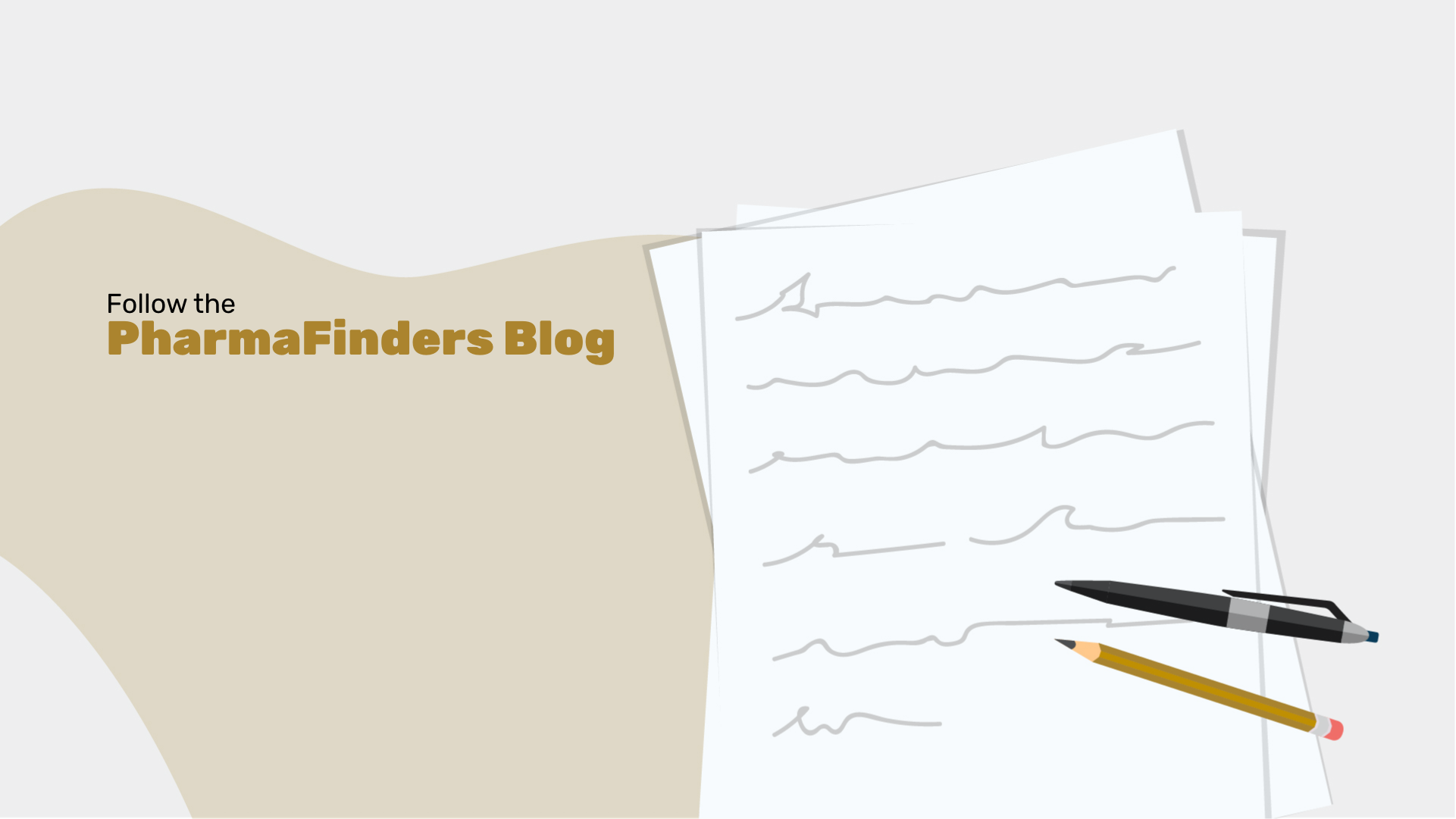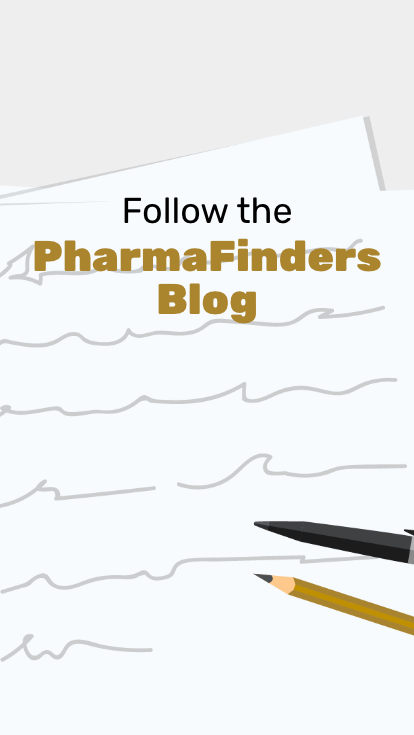Earlier this month Crecia Magee had an article published in the MSL Journal about the hotly debated value of a cover letter.
Read on to see what Crecia had to share and be sure to check out the complete list of articles from the most recent installment of The MSL Journal!
As a reminder, don’t forget to take a look at the additional (and FREE!) PharmaFinders’ resources we’ve created to help you in your job search.
Cover Letters Can Be a Valuable Resource, Here’s How
As a Medical Affairs recruiter, I love a well-executed cover letter. Emphasis on the well-executed part.
SO MANY cover letters end up as complete fluff and a waste of time for the reader. If a cover letter regurgitates a job description or just includes a lot of flashy buzzwords – that is pointless. It says nothing about YOU and YOUR background. Instead, help the reader put the puzzle together. Share details about what makes you unique, how your background aligns with the company and position, or what caught your interest in this role.
Let’s get started with some general tips to help you construct a winning cover letter.
BASICS TO KEEP IN MIND:
- Do your homework. You can’t possibly sell your skills for a job if you don’t understand the job first. Do not underestimate the value of prep work in your job search!
- Tailor your message for this specific role (disease state, territory, KOL audience, company size, product lifecycle stage, etc.).
- Don’t be long-winded.
- Don’t fill it with fluff (overused buzzwords or general terms that could apply to ANYONE- remember, you’re trying to tell YOUR story).
- Don’t copy/paste the job description.
- Don’t exaggerate your abilities. It’s ok to get creative but be honest about what you can do and have done.
The headline here is that you’re trying to bridge the gap from what the company needs to what you can bring to the role. It can be hard to encompass ALL your relevant skills on a resume, so a cover letter can allow you to provide a bit more color, context, and personality to your background and application. The goal is to connect the dots as to WHY you are a good fit and demonstrate how you’ll leverage your existing background/skills to be successful in the role.
SOME GENERAL EXAMPLES OF BRIDGING THE GAP:
-Where you might have connections with KOLs in the territory (institutions you’re affiliated with, etc.).
-Relevant conferences you regularly attend and network at, have presented, etc.
-Clinical experience that’s relevant.
-Experience with a specific disease state or therapeutic area that you can elaborate on.
-Pathways you’ve researched, studied, or had exposure to.
-If your TA background is a bit more of a “creative” fit, explain how those things connect and can allow you to quickly get up to speed.
-Therapeutic crossover (KOLs who may cover more than one TA or drugs that might be used off-label in other disease states, comorbidities, AEs of products you’ve supported).
A well-executed cover letter can also provide a real-time demonstration of your written communication skills. How well can you articulate your message in a clear, confident, and concise manner? Your resume and interview all need to reinforce those skills as well, but this is a different way to present your background that can be very impactful if done well.
This is by no means a fully exhaustive list, but in ~500 words, it should hopefully be enough to get you on the right path!
Best of luck in your job search,
-Crecia


